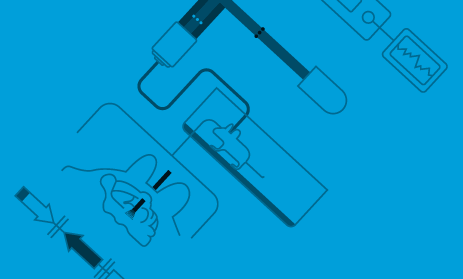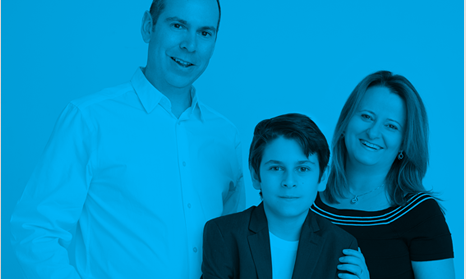Within the last five years, human genetic sequencing studies, animal models and other approaches have led to dramatic advances in our understanding of autism spectrum disorders. Yet, in contrast to many other disorders, autism research is hampered by an almost total lack of access to the affected organ: the human brain. Current magnetic resonance imaging technology does not allow the level of resolution needed to study individual circuits and cells, so the only way to study them is through the use of postmortem brain tissue, which is in short supply.

The brains of individuals with autism have more abundant synapses than the brains of controls, as cortical pyramidal neurons in autism brains do not undergo normal pruning during childhood and adolescence. These images show representative dendrites seen in unaffected brains (upper) and in autism brains (lower). Spines on the dendrites indicate the location of synapses. Images courtesy of the Sulzer Lab (Guomei Tang and Mark Sonders), Columbia University.
“There are big unanswered questions that we just don't have the material to answer,” says David Amaral, research director of the University of California, Davis, MIND Institute, “such as when different autism genes get expressed in developing and mature brains, and why some young children with autism have disproportionately enlarged brains. If we could answer them, it could start us on a trajectory to more effective interventions. You have to know what the pathology is, first and foremost, before you can consider how to treat it.”
“Currently, fewer than 30 high-quality brains of individuals with autism are available in brain banks — nowhere near enough,” Amaral says, especially given the heterogeneity of the disorder.
To address this gap, the Simons Foundation has partnered with the science and advocacy organization Autism Speaks to create Autism BrainNet, a network of brain banks launched under Amaral’s direction in May 2014. The project, which begins its collection with brain tissue from Autism Speaks’ Autism Tissue Program, aims to acquire at least 24 new autism brains and 24 control brains in 2015, roughly doubling the number of brains available to researchers. Once the project is in full swing, Amaral says, it might be possible to collect as many as 100 new brains each year, creating an unparalleled resource for autism researchers. Autism BrainNet is also in discussion with the National Institutes of Health about a potential future partnership that could allow the autism brain bank to grow even more.
Initially, tissue collection and storage will be carried out at four sites across the United States: the MIND Institute, the University of Texas Southwestern Medical Center in Dallas, Beth Israel Deaconess Medical Center in Boston and the Icahn School of Medicine at Mount Sinai in New York City. Information from the sites’ banks will be consolidated into a single database, and standardized collection and storage protocols will ensure consistency from site to site.
Previous tissue collection efforts were hamstrung by ineffective outreach campaigns and typically acquired only two to four new brains each year. “You can set up the most beautiful bank in the world, but it will only be as good as the brains it has,” says Alison Singer, president of the New York-based Autism Science Foundation. Autism BrainNet has enlisted the Autism Science Foundation to get the message out to autism families, and the resulting It Takes Brains campaign (see TakesBrains.org) has already spurred about 100 families per month to register as potential donors — about 10 times the rate for previous autism brain banks, Singer says.
The campaign emphasizes the heroism of autism families who register as donors, and the potential for their donations to ultimately lead to new therapies and treatments. “Our hope is that this profound gift to science that these families make will increase our understanding of the underlying causes of autism, and eventually improve the quality of life for people on the spectrum,” says Marta Benedetti, senior scientist at the Simons Foundation Autism Research Initiative and president of Foundation Associates, LLC, which sponsors Autism BrainNet.




